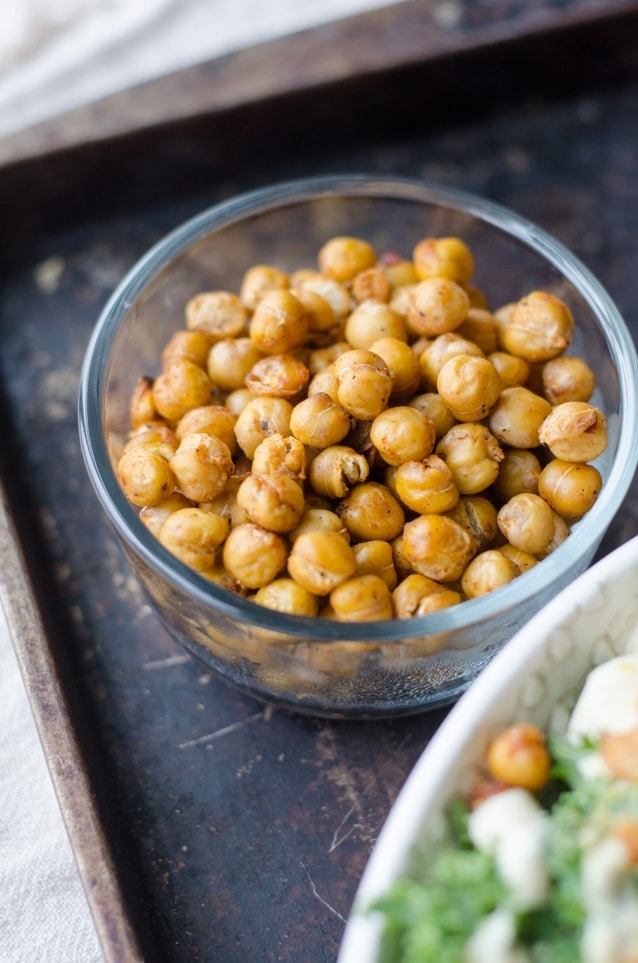A forecast of wind: everything you need to know about flatulence & IBS
Posted on July 29, 2020

Wind, flatulence, gas, farts – we have a multitude of names to describe a normal part of the gastrointestinal system! Passing wind is the way our gut bacteria communicate with us – each expulsion of wind is a sign that they are being well fed. However, in people with IBS, this communication can become problematic. Instead of being embarrassed by this bodily function, let’s explore flatulence with curiosity and see how we may be able to get to the bottom of the issue.

When does flatulence become problematic?
There is currently no scientific consensus about ‘normal’ flatulence, but it appears that around 15-30 expulsions of air each day is reasonable to expect. Majority of these expulsions occur subconsciously, and people with IBS may have this amount or more. However, passing wind may become an issue of concern when it feels particularly ‘excessive’ – which may simply be more than you are used to or if you feel as though you’re constantly ‘holding in’ wind. You may start finding your flatus particularly odorous, or associated with bloating, gut noises and rumbling. You may even be experiencing abdominal pain with flatus that is painful to pass.
What is happening in my body to cause flatulence?
Imagine that you’ve just eaten a delicious chilli containing kidney beans. Kidney beans have a high soluble fibre content, the viscous fibre that dissolves in water to form cells. The fibre in the kidney beans resists digestion until it reaches the colon. At the colon, the kidney beans are eaten up by our gut bacteria, producing short chain fatty acids and gas, which makes you pass wind. You may like to think of flatulence as your gut bacteria thanking you for their meal! Flatus can also be produced by the extra air we swallow when eating, sleeping or talking.

What are some examples of ‘gassy’ foods?
In addition to flatulence from the digestive process, certain foods can be particularly wind-inducing. The two common gases produced are methane and hydrogen.
Lactose is a common gas-causing culprit in those with lactose intolerance. Lactose is the short-chain carbohydrate found in dairy foods – milk, yoghurt, cheese, ice cream. In those without the lactase enzyme to break the disaccharide (the ‘d’ in FODMAP) down, unabsorbed lactose passes into the large intestine where it is fermented by colonic bacteria, resulting in excessive amounts of intestinal gas being produced as a by-product.
Other than lactose, intolerance of other short-chain carbohydrates can cause gas. For example, the monosaccharide fructose found in many foods including fruits and sweeteners such as apples and honey can also exacerbate gas production by the gut bacteria in the colon.
Particularly high fibre foods can create excessive gas. High fibre foods often contain high amounts of oligosaccharides (the ‘o’ in FODMAP), fructans and GOS. The small intestine can’t break down the soluble, insoluble fibre and resistant starch found in foods high in fructans and GOS such as beans, legumes, wheat biscuits and broccoli. This means extra work for the gas-producing intestinal bacteria and resulting flatus. This is why increasing your fibre intake to the recommended 25-30g/day should be done slowly to allow the bowel sufficient time to adjust.
You may have noticed a theme in the gassy foods described – they are all FODMAPs! An interesting study examined the flatus experienced in healthy people compared to those with IBS when fed a high FODMAP meal that was high in fibre. 1 All of the participants experienced more wind and abdominal discomfort after eating the meal, but those with IBS had higher rates of pain and discomfort. What does this tell us? Eating higher FODMAP meals contributes to greater gas production, but those with IBS have more sensitive pain receptors and can experience more discomfort.
It is also important to note that ‘gassy’ foods are not unhealthy – in fact, many contain a number of essential nutrients for optimal gut health. However, eating too many wind-producing foods may cause pain for someone with IBS, so changing behaviour to not combine too many flatulence-inducing foods in one meal may be helpful.

What are some non-food influences that can affect flatulence?
Chewing gum typically contains polyols (the ‘p’ in FODMAP). Polyols, also known as sugar alcohols, are natural laxatives and draw water into the large intestine. They are found both naturally in fruits and vegetables such as stone fruits and mushrooms, and added to ‘sugar free’ commercial products such as mints and chewing gum. Polyols are not absorbed in the small intestine, therefore produce gas from the fermentation process in the colon and may have a laxative effect when consumed in large amounts.
Straws are not only harmful for the environment but can contribute to ingesting excess air. The build-up of air in the digestive tract can cause gas production to release the ingested air. In the same vein, drinking large volumes of carbonated beverages could contribute to swallowing excess air too.
Also, laxatives including lactulose and some fibre supplements such as Metamucil may contribute to excess gas production, so should only be used with medical advice.

What can I do to combat flatulence?
The key to combatting flatulence is not to give up all flatulence-inducing foods – many of them are highly nutritious and form part of a balanced diet. However, it could be a good idea to try and limit eating meals full of ‘gassy’ foods. For example, you may like to only include one type of legume in your chilli instead of multiple types. This can also be helped by eating smaller and more frequently. Also, be aware of how fast you may be eating.
Eating slowly and chewing well is not only an act of mindfulness but can decrease the amount of extra air you swallow and reduce gas expulsion.
Also, consider the low FODMAP diet as it temporarily restricts intake of poorly absorbed fermentable carbohydrates that could be causing you to experience painful cramps, flatulence, diarrhoea or constipation. However, the low FODMAP diet is not a diet you should embark on alone, as it involves restricting FODMAP containing foods which can be found in fruits and vegetables which are known to be healthy. It is important to first get checked by a general practitioner to eliminate whether these symptoms are associated with a gastrointestinal issue, such as coeliac disease. When this is ruled out, seek support from a dietitian who will help you not only complete the first phase of removal in the FODMAP diet, but also identify your tolerance to FODMAP foods, as many of these provide essential nutrients such as fibre and probiotics.
A small but helpful tip is also to ‘let it out’ when you’re comfortable to do so! Holding in flatus is uncomfortable and could be adding to the pain you may be experiencing.
In summary
Flatulence is a normal part of digestion but can be a cause for concern if you feel as though your flatus is excessive, odorous or pain-inducing. The gut bacteria are responsible for producing this gas as a by-product of fermentation in the colon. FODMAP foods tend to be gas-inducing, hence limiting the amount of FODMAPs consumed in one meal may help contain your gas production. Eating slowly, chewing well and avoiding ‘excess air gulping’ through limiting chewing gum and carbonated soft drink consumption are all additional strategies that may help.
1. Chaysavany M, Eck A, Varela E, Roca J, Clemente J, Gonzalez A. et al. Anal gas evacuation and colonic microbiota in patients with flatulence: effect of diet. Gut. 2014, 63(3): 401-8.
Written by: Charlotte Barber (Student Nutritionist)
Reviewed by: Sotiria Karatsas (Dietitian)








